“The oil makes a little bed for the fish to lay down on,” explains my husband.
My daughter murmurs an affirmative response while her little hands smear olive oil across glimmering foil. Her dad is making his beloved salmon—my eldest child’s fish of choice—and has enlisted her help, a bonding and teachable moment for both in the art of patience. My soon-to-be five-year-old theatrically pinches her nose as he lays down the beautiful catch, its shimmering silver skin contrasted by its vibrant orange flesh. She realizes she can drop the act and listens to her dad explain the first step. Her little fingers deliberately rub sesame oil across the white striped surface, making sure to coat every corner which she does perfectly. My husband teaches her how to layer flavor upon flavor. Mirin and soy sauce are slowly poured onto the papaya-colored fish, followed by dollops of ginger paste and minced garlic. A scattering of sea salt, black pepper, and tandoori masala—the latter turning my little one’s fingertips deep red—precedes the final ingredient: a sprinkling of herbs de Provence which my husband has crushed in the palm of his hand. His delectable salmon recipe is a fusion of global flavors and although each ingredient is loved independently, it’s the blending of all that makes this dish most intriguing.

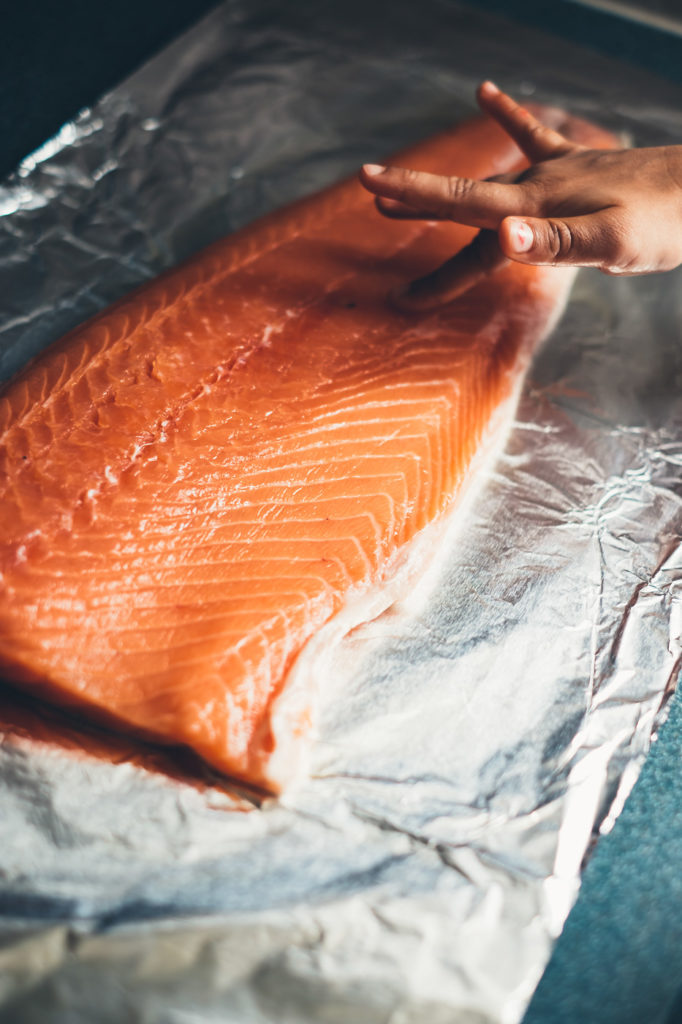
As we wait for the fish to bake—my daughter now occupied with marker drawings of stick figures frolicking in nature—I begin contemplating on my child’s affinity for her dad’s salmon as well as other standout dishes he prepares. They all pack a piquant punch, no doubt, and I was pretty certain she didn’t yet fully grasp the complexity behind layering flavors. All she knew (and cared about) was that food should be yummy. Whether she’s scooping spoonfuls of basmati rice and black chickpeas cooked with Indian spices into her little mouth, or slurping strands of spaghetti bathed in a fra diavolo sauce—her nose sniffling and lips flushed red from the heat as both her parents watch with mixed expressions of guilt and amazement—if the dish hits the right notes, it’s a hit with our kid. So did we create this flavor-loving machine through exposure to a variety of cultural delicacies, or was there something else going on here?
I’ve always been curious about how palates become particular to certain flavors. Why some people perceive certain foods as “gross” and others welcome interesting flavor pairings and national dishes with open arms. I’m no stranger to the former and spending one too many lunches as a kid hoping and praying my mom didn’t pack anything weird in my brown bag. Some foods that I loved at home were an embarrassment to uncover around certain school friends—the ones who swapped peanut butter and jelly for bologna sandwiches with their bffs. I hate lunchtime, I’d think while stuffing my uneaten strawberry jam and cheddar cheese sandwich to the bottom of my backpack, not knowing at the time my mother actually had a pretty sophisticated palate herself. Indian snacks that I gobbled up at home, like mathi and rasgulla, were mocked by pubescent voices, eventually dying slow deaths inside my locker, a guilt I still carry around with me today. I learned it was easier on my self esteem just to eat what everyone else ate, and my sack lunches soon contained the childhood favorites enjoyed by my peers. Assimilation wins again.
As much as I tried, I always found typical “American” food bland and boring. Steamed vegetables, a slab of meat, and some mashed potatoes always had me longing for the taste of garam masala or chili garlic paste or soy sauce—anything to bring life to this food staring back at me, looking equally as bored. So were my (and now my daughter’s) preferences a product of environment, genetics or an innate predisposition to certain flavors? And could these taste biases change? I used to detest coriander in my youth (also known as dhaniya, cilantro or Chinese parsley). Catching my mom sprinkle those freshly chopped leaves onto perfectly good daal would make my voice travel an octave higher, a whiney “whyyyyyy?” belting out of my mouth as she’d flick the last flecks of green off her fingertips, speckling the surface of her delicious lentils. Now, I love everything about this herb—its smell, color, taste all add a burst of freshness to Indian dishes and its omission would be greatly missed. So what changed? How did I, like many others, go from hating something in my childhood only to embrace it in adulthood?
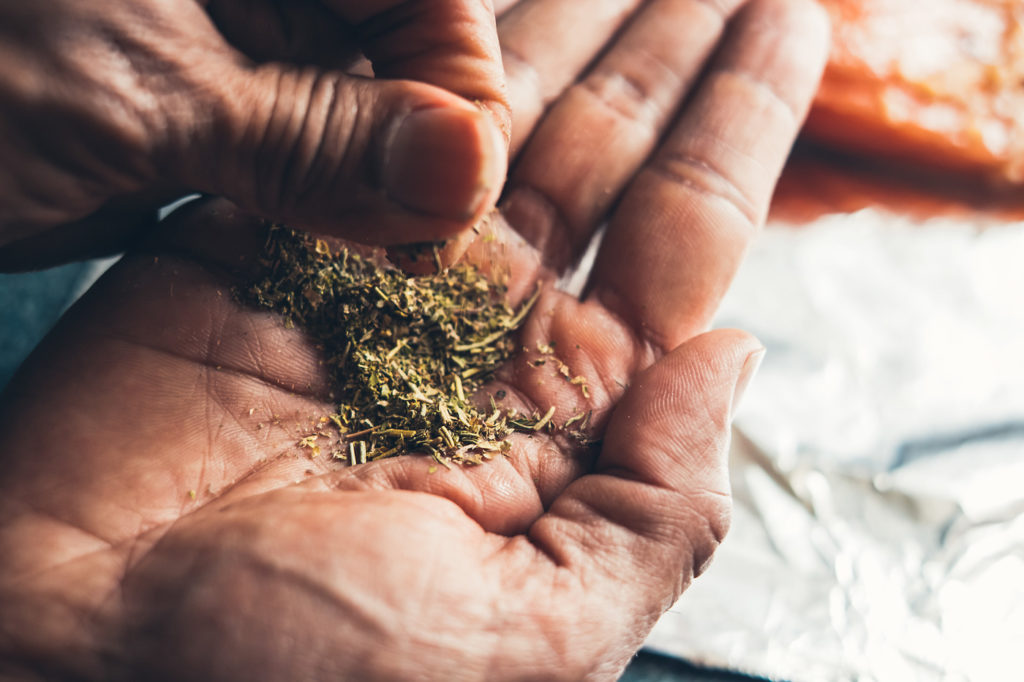
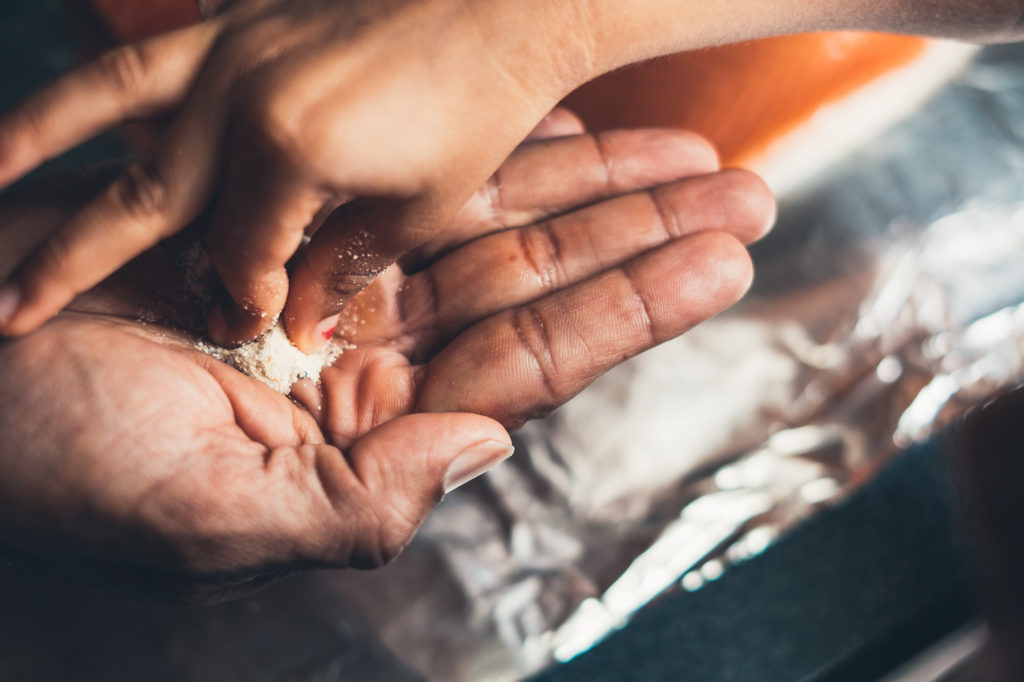
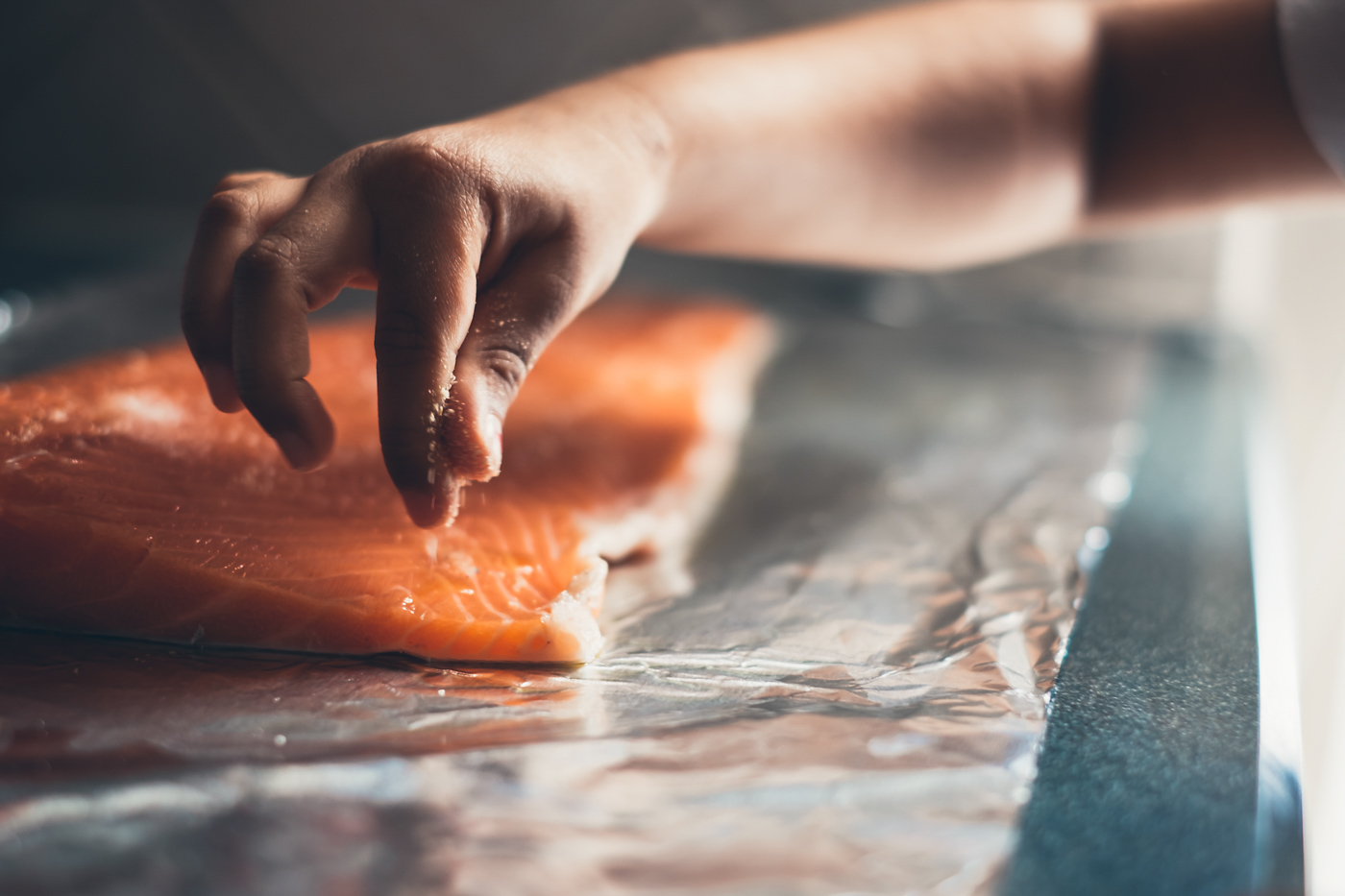
The science behind taste versus flavor is complex. Taste (sweet, sour, salty, bitter and umami, or savory) is determined by the gustatory system found inside our mouths. Flavor is determined by taste, smell and receptors that detect chemosensory irritation, like the burn one feels after biting into a habanero or the tingly coolness while sucking on a throat lozenge. Flavor learning and acceptance begins super early: first in the womb as we inhale and exhale amniotic fluid flavored with whatever our mothers ate (what mama eats, baby likes) and then through breastmilk. This initial exposure helps set the stage for food choices and habits later in life. Thanks to evolution, we are predisposed to like sweet foods most probably because sweetness indicates “safe foods,” and the presence of nutrients and caloric sugars. We also innately dislike and avoid bitter foods, possibly because most bitter composites are toxic. Our preference for salt, which could signal a source of minerals, develops shortly after birth, as does a liking for fatty, high calorie foods. Simply put, our inborn taste preferences are driven by our need for survival.
Although genetics don’t have much play in taste preference and aversion, the role of family does. Parents who create a positive mealtime atmosphere and opportunities for children to explore can help young ones develop a partiality to certain tastes. Likewise, the environment in which children eat meals can also play a crucial part. Children are drawn to foods they have enjoyed in pleasant situations—happy taste memories such as eating an ice cream cone with friends on a warm summer day—and tend to have a distaste for foods linked to negative feelings. This brings me back to my grade school lunch days…
But as we get older, can we help our palates overcome our taste aversions? It turns out, we can. Coffee, for instance, is a bitter beverage that our palate is pre-programmed to reject. Yet, with the addition of milk or cream (calories plus fat) and sugar (sweet), it is made approachable. Through repeated exposure, and by coupling unpleasant tastes with pleasurable flavors, our palates can become conditioned into liking coffee, eventually even enjoying it straight black. Continual contact with a variety of foods, especially after the age of two when neophobia kicks in, can help train the palate into liking yucky flavors. This fear or dislike of anything new or unfamiliar—designed to protect little children from eating harmful foods—can be conquered. If you don’t like something, try it over and over again and chances are, one day you’ll come around.
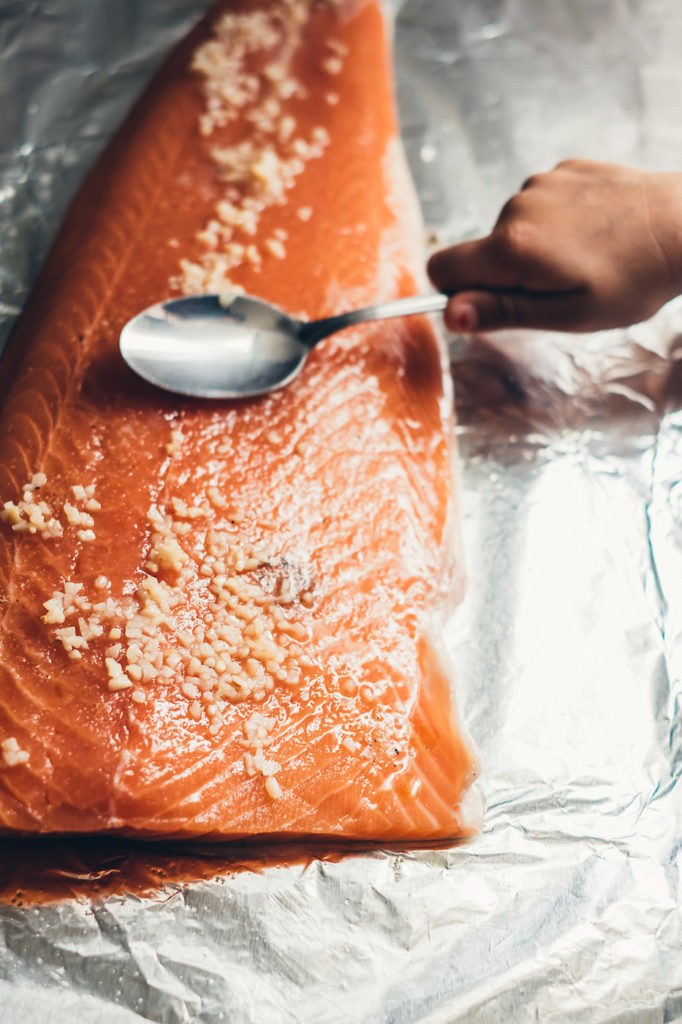

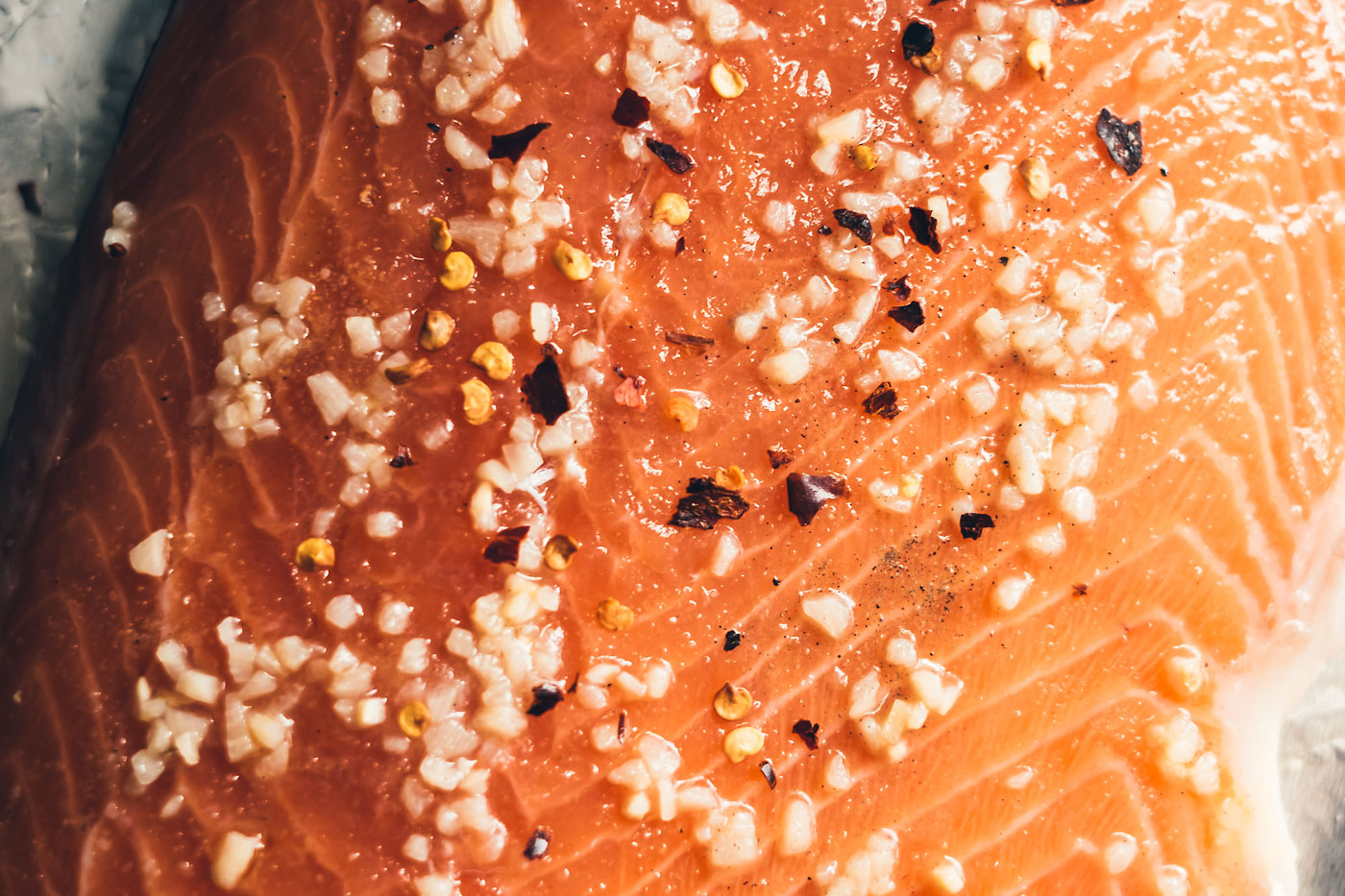

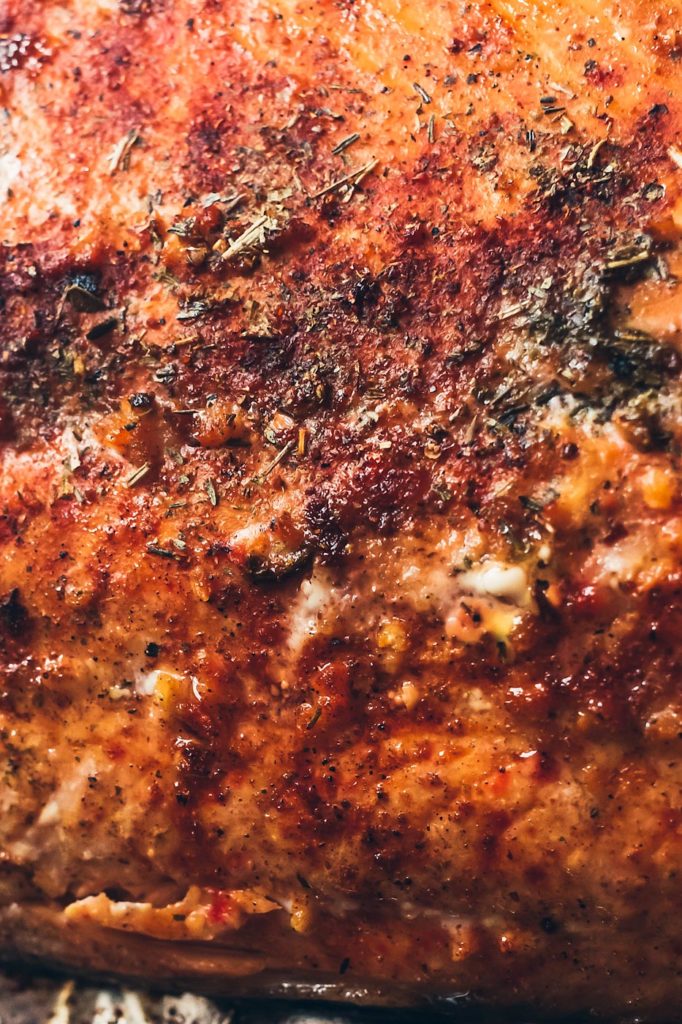
When faced with a sense of new, there is a tendency in humans to become guarded and cautious around people and things that seem foreign. It’s easier just to segregate our thinking into us vs. them, known vs. unknown, cool vs. uncool. But there’s another side to this mentality: the receiver of this mindset can begin to shy away from his or her own culture. From a young age, acceptance into social groups is seen as important and when those fragile, little egos get bruised, it’s easier to just blend in and be like everyone else instead of being your own person.
Food has the amazing power to teach and has long been considered a gateway into other cultures. It is an easy first step to getting children acquainted with the world. I believe that by exposing kids to a variety of ethnic fare, we can help them understand the connectivity between people and food around the globe. The more familiar children become with those who are different from them, the more open and inviting they will be of peers from those countries, even during dreaded lunchtime.
It gives me some solace watching my daughter try new things—not always willingly, mind you—but she’s open to learning about new foods and why they’re important to different people. I credit a lot of that to her preschool where teachers feed these curious little minds stories about far away lands and the individuals native to them, several of whom share the classroom with my daughter. She has been more exposed to world culture than I was at this age. She tells me of her Japanese friends who love eating roasted seaweed just like she does, and how another Indian classmate brings sabji and roti for lunch, just like she eats for dinner. These preschoolers live in a utopia where everyone is accepted and uniqueness is celebrated. And although I know I can’t keep my kid in this bubble, I can only hope this early childhood conditioning will continue to equip her with an unprejudiced view of the world, while also providing love and acceptance of her own culture.
I watch my daughter across from the dinner table quietly pick chunks of perfectly cooked salmon out of her bowl, basmati rice clinging to the sides of the fish like pearlescent confetti. At almost five years of age, seeing her this still at the table and eating without my voice reminding her to put another bite into her mouth, is enough to amaze me. But it’s her enthusiasm for daddy’s spicy salmon, and its medley of flavors, that makes me the happiest. It is her favorite, after all.
——
Bone Deep is an ongoing column in which contributor Deepi Ahluwalia digs into her curiosities about food, exploring its historical and global significance.





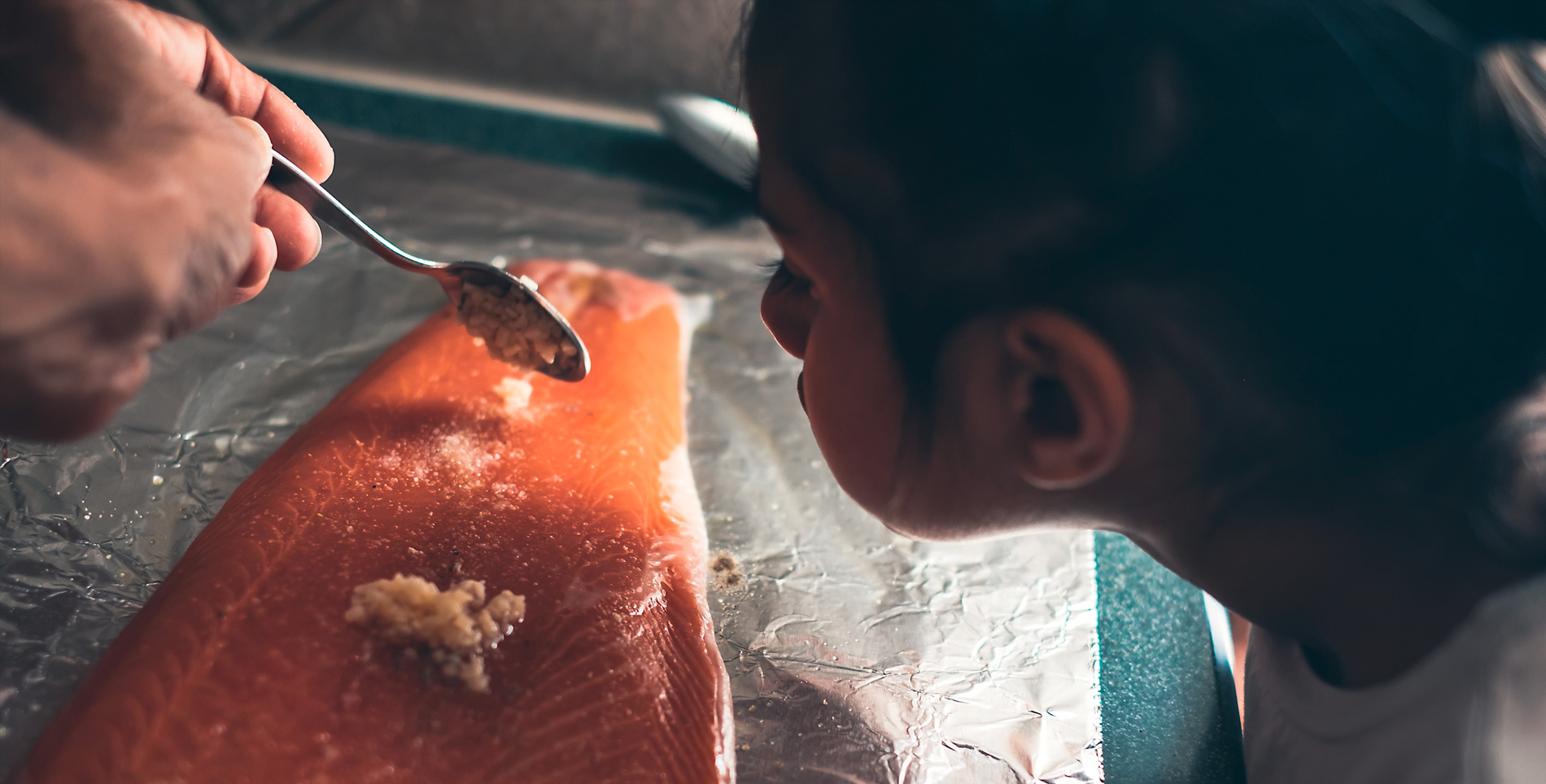

Our comments section is for members only.
Join today to gain exclusive access.